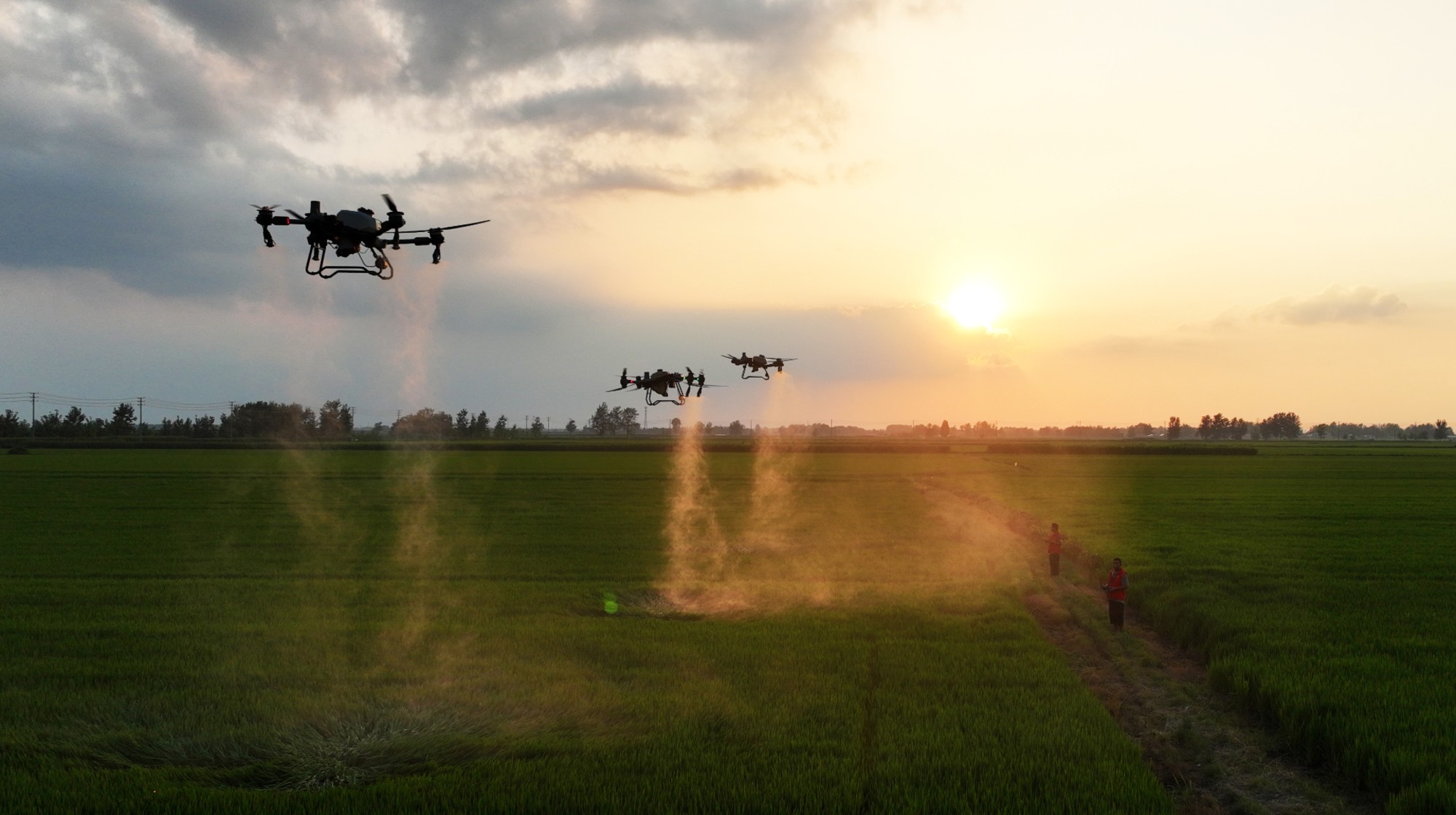NASA’s comet-snagging space harpoon
How do you collect mineral samples from flying asteroids you can't land on? Scientists may have a solution

The icy minerals found on comets could potentially help scientists unlock the secrets of the universe. But how do you land a sample-collecting spacecraft on a piece of jagged rock that's flying through space at speeds of up to 150,000 mph? You might not have to, say NASA scientists, who are currently testing a "neat" solution — a space harpoon. (Watch a video below.) Here's a concise guide:
A harpoon?
Yes. "Even if you were to find an area [on a comet] that's large and flat enough to land on," any probe or astronaut would likely push off again quickly thanks to the space rock's "extremely low gravity," says Kevin Lee at PC World. A spaceship-mounted harpoon could help scientists penetrate a comet and reel in surface samples from these "elusive balls of rock."
The Week
Escape your echo chamber. Get the facts behind the news, plus analysis from multiple perspectives.

Sign up for The Week's Free Newsletters
From our morning news briefing to a weekly Good News Newsletter, get the best of The Week delivered directly to your inbox.
From our morning news briefing to a weekly Good News Newsletter, get the best of The Week delivered directly to your inbox.
Why go through all this trouble, though?
Comets often contain ice and other minerals left over from the universe's creation. "One of the most inspiring reasons to go through the trouble and expense of collecting a comet sample is to get a look at the 'primordial ooze,'" says lead engineer Donald Wegel, namely, the "biomolecules in comets that may have assisted the origin of life."
And researchers think using a harpoon gun will really work?
Well, it would require "surgical precision," says Ted Thornhill at Britain's Daily Mail. The harpoon itself would be hollowed out and fitted with a "sample collection chamber," says Wegel, which would need to "close tightly and detach from the tip so the sample can be pulled back into the spacecraft" via a heavy wire. Think: Pulling a sword from its sheath.
A free daily email with the biggest news stories of the day – and the best features from TheWeek.com
So how are they testing it?
Scientists are testing a "trial harpoon" with a six-foot crossbow fashioned after an Ancient Greek model. Using a bow string made out of a steel cable half-an-inch thick, projectiles are blasted "into large drums filled with sand, rock salt, ice or pebbles" at speeds up to 100 feet per second, helping researchers gauge how much explosive powder will be required to penetrate a comet. However primitive it may sound, says PC World's Lee, a harpoon is actually "an ingenious idea."
Sources: BBC News, Daily Mail, NASA, PC World
-
 Homes by renowned architects
Homes by renowned architectsFeature Featuring a Leonard Willeke Tudor Revival in Detroit and modern John Storyk design in Woodstock
-
 Looming drone ban has farmers and farm-state Republicans anxious
Looming drone ban has farmers and farm-state Republicans anxiousIN THE SPOTLIGHT As congressional China-hawks work to limit commercial drone sales from Beijing, a growing number of conservative lawmakers are sounding an agricultural alarm
-
 Mind-expanding podcasts you may have missed this fall
Mind-expanding podcasts you may have missed this fallThe Week Recommends True crime, a book club and a therapeutic outlet led this season’s best podcasts